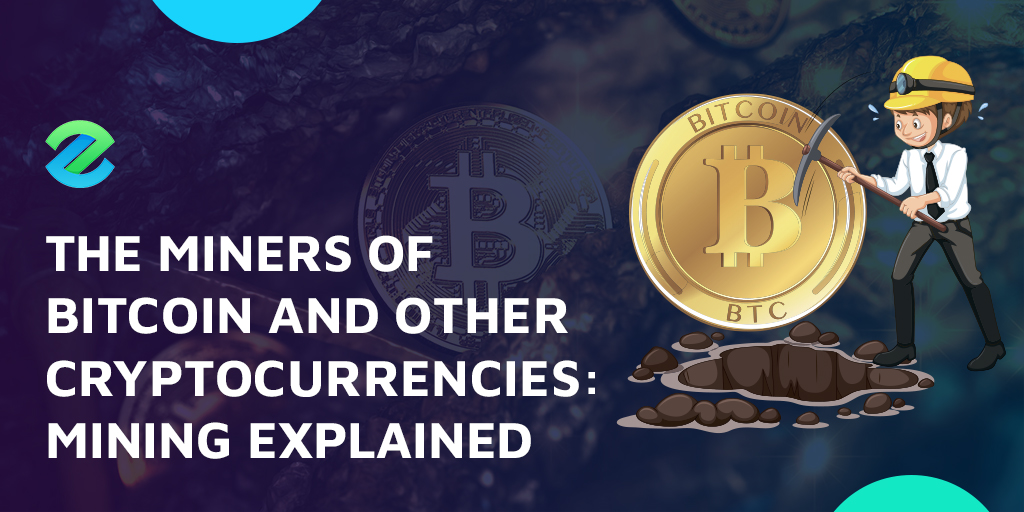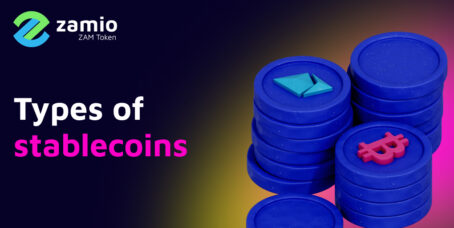To understand mining and the role of miners, one should understand the underlying technologies powering the Bitcoin network. The first is a peer-to-peer technology that has been publicly available since 1999. A peer-to-peer network allows anyone with a device to join a web of interconnected devices without consent from an authority. Participants communicate and share information with each other directly without needing a central server, making the network decentralized with no point of failure. Decentralization is at the heart of cryptocurrencies such as bitcoin. In Bitcoin and other similar cryptocurrencies, each peer, who connects their computer devices with other peers, is technically known as a node.
The second technology that powers the Bitcoin network is the blockchain which is a type of distributed ledger. The Bitcoin blockchain is a public ledger or database that stores transactions in blocks chained together without revealing the identity of its users. All the nodes (peers) that run the network receive a copy of the blockchain. Nodes are of different types, and each type plays a specific role in maintaining the bitcoin network. Some nodes keep a full copy of the blockchain database, and others only retain a subset of it. Some oversee the integrity of the blockchain, and others, such as mining nodes, validate transactions and add new coins to the money supply under predetermined rules.
What is mining on the Bitcoin network?
Mining is the process of validating the authenticity of new transactions and adding new coins to the money supply. Miners use specialized hardware and software to verify transactions by solving a highly intensive computational problem requiring high processing power. In return, miners receive newly minted bitcoins as a reward for doing this work.
Miners validate bitcoin transactions in blocks. Each block has a limit size of 1MB that fits around 2,700 transactions. It takes miners 10 minutes on average to verify a block of transactions. Once verified by the network nodes, only one mining node or miner adds the block to the previous one. The first mining node that successfully forms a block and solves its computational puzzle is the one that adds the block to the previous one. In this case, the miner receives the bitcoin block reward and the transaction fees paid by the users.
Mining requires significant computing power to solve for a number that seals the block. The computational effort that the miners perform is called proof of work. Proof of work is a consensus mechanism used in bitcoin. When a mining node successfully validates a block, it must broadcast it to the rest of the network. Only when the majority of the network nodes confirm the block validity, it gets added to the chain. The consensus mechanism differs from one crypto to another. Bitcoin, Litecoin, and Dogecoin use proof of work, while Ripple, Cardano, and Ethereum use the proof of staking consensus mechanism.
This consensus mechanism conducted by miners makes the system decentralized. Processing and validating transactions do not lay in the hands of a company or individual but the hands of thousands of individual nodes distributed across the globe. The ingenious design of Bitcoin and other cryptocurrencies makes it nearly impossible for any node or anyone to cheat or hack the system.
The main purpose of these decentralized and globally distributed nodes is to verify transactions and prevent bad actors from conducting fraudulent transactions, such as double-spending. For example, when sending one bitcoin from one digital wallet to another, the transaction broadcasts to the network, and the miners validate its authenticity. The mining nodes either reject or accept the transaction using the transaction verification system. Since the transaction is public and every node has a copy of the new entry, everyone can see if a specific node has verified a falsified transaction within a block. In this case, the rest of the network takes notice and takes action to reject the transaction and ban the fraudulent node.
Adding new coming to the money supply is a secondary and temporary function of the mining nodes. The number of bitcoins that currently exist in the market is around 18m. Through mining block rewards, this number will reach a max supply of 21m in the future. After that, miners will stop receiving new coins from blocks. They will only receive compensation through network transaction fees.









